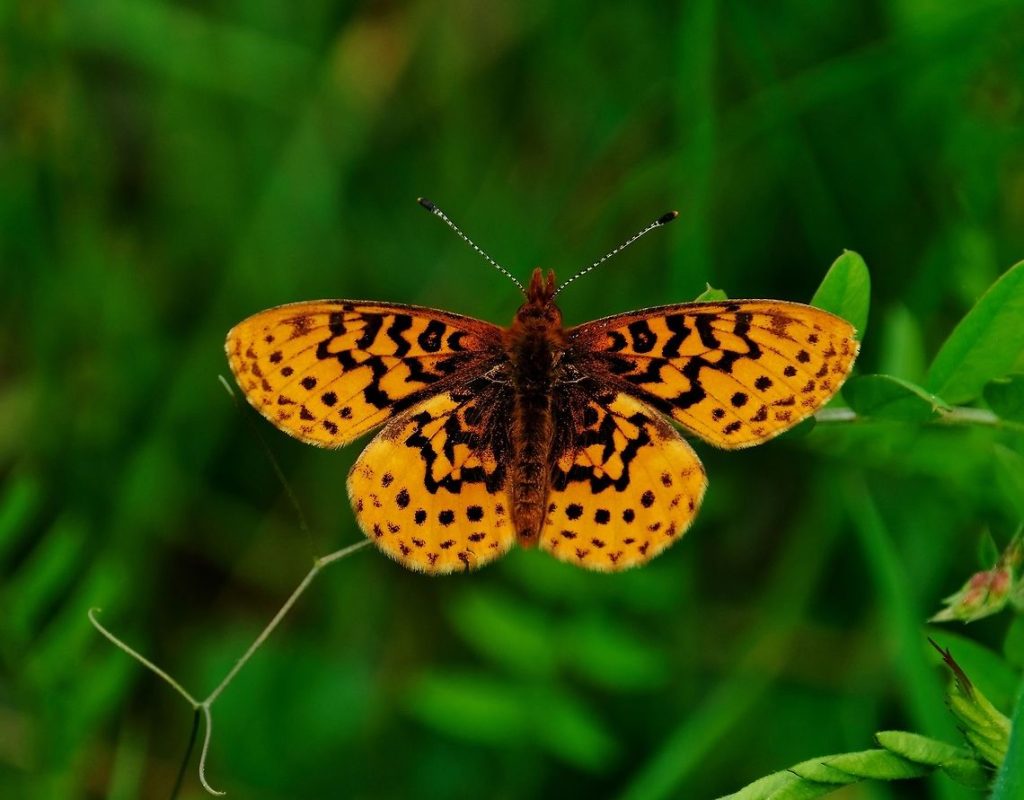https://doi.org/10.3389/fevo.2020.576665
Growing urbanization has displaced many animals and has led to the rapid adaptation of animals across many taxa. Recently, it has been an area of study to determine what adaptations are taking place in order for species to be more fit for an urbanized environment. This article focuses on the different types of behavioral changes and which animal orders are being observed successfully adapting to urban environments. Among the 83 published papers that were included in this review, there were 44 distinct behaviors and 155 individual occurrences of behavior changes in urban areas. The observations, behaviors, and number of occurrences for each respective behavior change all have the potential to support successful urban wildlife management and conservation.
Considering the issues with their methods of retrieving relevant peer-reviewed publications, the authors did not agree upon the definition of “urban” for their search engine. This led to a broad overview of papers that were not consistent with their determined levels of urbanization. Also, they excluded any articles that were not in English or reliably translated. Although this is purposeful in order to not misinterpret results/findings from the paper, this may also mean that there is a large body of literature that is not considered, which also limits the geographic scope of the literature review. This is demonstrated by the fact that 52% of their data was from North America, followed by 20.5% from Europe. Additionally, the authors did not include any papers that are inaccessible via university resources or general internet access. This makes it easy for readers/researchers to locate the literature cited and find the primary research, but the authors could have included a section encompassing data they accessed via communication with the primary research authors to expand the data set that they analyzed.
The results showed that the most abundant behavior type studied was the alert response, followed closely by spatial change. Alert response was seen as changes in vigilance/caution behavior and was shown to both increase and decrease in urban areas. Spatial behavior was commonly shown as a decreased home range. Other common trends were increased nocturnality, a shift in resource selection, increased boldness, and increased exploratory behavior. Behaviors were sorted by animal order and then within each order broken up by guild (carnivore, herbivore, omnivore). The results of this study could have included a snippet about broad behaviors like shifting resource selections to give the readers insight as to why an animal would be altering its food source (Was the shift in resources due to abundance? Nutrition levels?)
Although there is a clear indication that species are responding behaviorally to the urban environments, the authors suggest that there are underlying mechanisms like region/ resource availability that act as external factors to further effect the adaptive behavioral response. Future research can be improved by being more inclusive of mammalian species, herbivores (especially deer/raccoons), and being aware that behavior is multi-directional/fluctuating. Ultimately, this research can be insightful for city planners, wildlife managers, and urban residents since human-wildlife interactions may be resulting from these potentially predictable behavioral changes.
Ritzel, K., & Gallo, T. (2020). Behavior change in urban mammals: a systematic review. Frontiers in Ecology and Evolution, 8, 576665.

